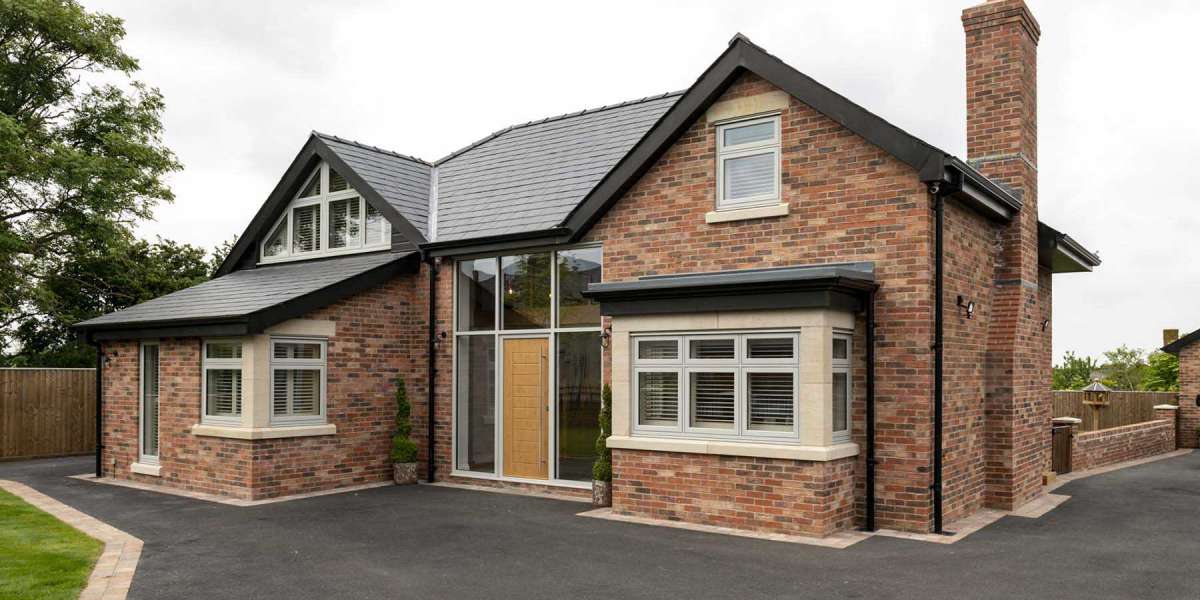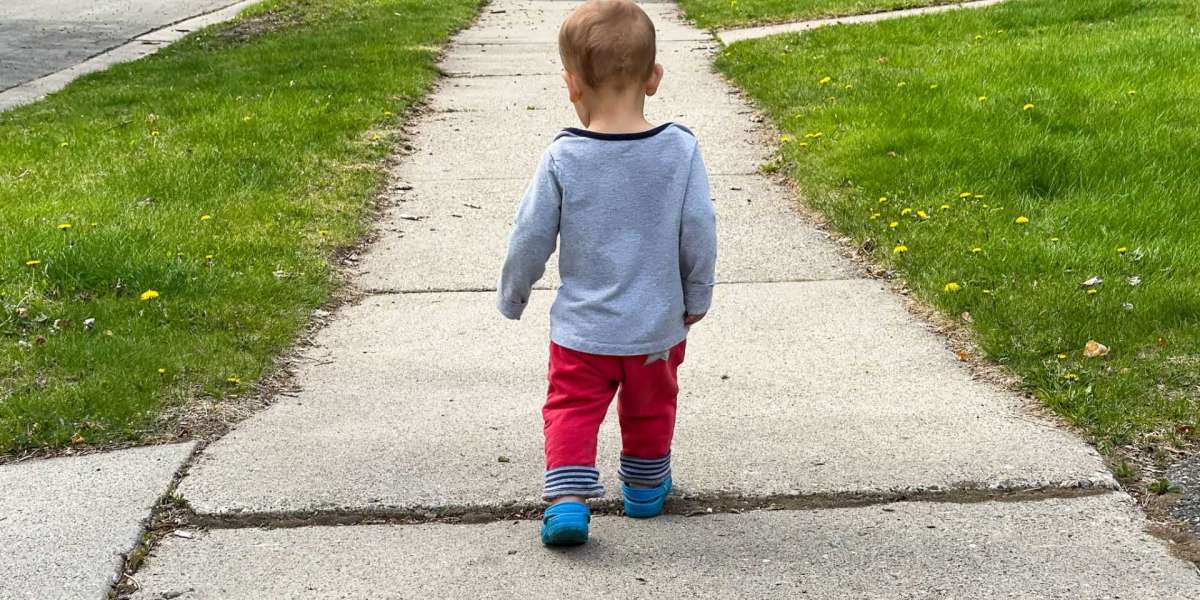Kolkata, formerly known as Calcutta, holds the echoes of a time when it was the capital of British India. The city is a living museum of colonial architecture, tree-lined boulevards, stately mansions, and cultural institutions that narrate tales of British influence. Whether you're a history buff, a curious traveler, or an architecture enthusiast, these British-era landmarks in Kolkata offer a fascinating look into India’s colonial past.
In this article, we uncover the most iconic British-era landmarks in Kolkata that you simply must visit — and if you're planning your international travel, don’t miss out on cheap CCU to Dallas flights with Indian Eagle.
1. Victoria Memorial
Location: Queen’s Way, Kolkata
Built In: 1921
A magnificent white marble structure, the Victoria Memorial is one of Kolkata's most celebrated British-era landmarks. Commissioned in memory of Queen Victoria, this Indo-Saracenic structure is a perfect blend of British and Mughal architectural styles. With sprawling gardens, bronze statues, and a rich museum inside, the Memorial showcases portraits, weapons, manuscripts, and historical artifacts from the colonial era.
Why Visit:
- Marvel at the stunning architecture
- Walk through lush gardens
- Explore the museum’s colonial collections
2. St. Paul’s Cathedral
Location: Cathedral Road, Kolkata
Built In: 1847
Located near the Victoria Memorial, St. Paul’s Cathedral is an excellent example of Gothic Revival architecture. Designed by Major William Nairn Forbes, the church was built to accommodate the growing European community in Calcutta. The high ceilings, stained glass windows, and beautiful frescoes create a serene yet grand ambiance.
Why Visit:
- Architectural brilliance
- Peaceful ambiance amidst the city bustle
- Iconic Christmas Eve services
3. Writer’s Building
Location: B.B.D Bagh (Dalhousie Square)
Built In: 1777
Initially built for clerks of the British East India Company, the Writer’s Building is an imposing red-brick structure and once served as the seat of the Bengal government. With Greco-Roman architecture and grand statues, this building symbolizes the administrative heart of colonial Calcutta. Though not currently open to the public due to renovation, it remains a key historical site.
Why Visit:
- Iconic colonial façade
- Historically significant site of revolutionary activities
- Ideal for photography from outside
4. Indian Museum
Location: Chowringhee Road
Built In: 1814
Asia’s oldest and India’s largest museum, the Indian Museum was founded by the Asiatic Society of Bengal under the British regime. It houses a vast range of collections — from ancient sculptures and mummies to British-era relics. Its elegant colonnaded structure is a classic colonial design.
Why Visit:
- Colonial-era collections and fossils
- Egyptian mummy and British memorabilia
- Perfect for history and art lovers
5. Fort William
Location: Near the Hooghly River
Built In: 1696 (Rebuilt 1757)
One of the oldest British forts in India, Fort William was built to defend British trading interests. The fort played a pivotal role during the Battle of Plassey. Now under the control of the Indian Army, the octagonal structure is not open to the public, but the surrounding area, including the Maidan, is a popular picnic and recreation spot.
Why Visit:
- Panoramic views of the Maidan
- Historical importance in colonial rule
- Great for heritage walks
6. Raj Bhavan
Location: Near B.B.D. Bagh
Built In: 1803
Serving as the official residence of the Governor of West Bengal, Raj Bhavan was once the residence of the British Viceroy of India. Inspired by Kedleston Hall in Derbyshire, this palatial building reflects neoclassical style and houses rare artifacts from the British Raj.
Why Visit:
- Historical and political significance
- Beautiful colonial architecture
- Limited public access on special days
7. The Great Eastern Hotel (Lalit Great Eastern)
Location: Dalhousie Square
Established: 1840
Nicknamed the "Jewel of the East", this hotel was once the most luxurious lodging in Asia during the colonial era. Hosting celebrities, kings, and statesmen, it symbolized British luxury and elegance. Recently restored, it now functions as a five-star hotel retaining its vintage charm.
Why Visit:
- Experience colonial luxury
- Heritage architecture with modern amenities
- Dine where royalty once did
8. Metropolitan Building
Location: Esplanade
Built In: Early 1900s
One of Kolkata’s most photogenic colonial buildings, the Metropolitan Building is a prime example of Edwardian architecture. Once housing the Whiteway Laidlaw department store, it’s now a commercial complex but retains its glorious domes and colonnades.
Why Visit:
- Edwardian baroque architecture
- Photogenic corner on Chowringhee
- Ideal for a heritage walk around Esplanade
9. Howrah Railway Station
Location: Howrah
Built In: 1854
Though more functional than ornate, Howrah Station is a key colonial-era infrastructure marvel. It was the first railway station in eastern India and remains one of the busiest in the country. Its iconic red-brick façade and iron structures reflect the utilitarian British design ethos.
Why Visit:
- Historic railway architecture
- Gateway to East India during British rule
- Experience the bustle of colonial trade routes
10. Calcutta High Court
Location: Esplanade Row
Built In: 1872
One of the oldest High Courts in India, this neo-Gothic building is modeled after the Cloth Hall in Ypres, Belgium. The red-and-white structure continues to serve as the highest court in West Bengal, reflecting both judicial significance and architectural beauty.
Why Visit:
- Gothic Revival architecture
- Rich legal heritage
- Prominent landmark in central Kolkata
Exploring Colonial Kolkata: Suggested Itinerary
To explore Kolkata’s colonial gems in a day or two:
- Day 1: Victoria Memorial → St. Paul’s Cathedral → Indian Museum → Raj Bhavan → Writer’s Building
- Day 2: Fort William (Outer Area) → Howrah Station → Metropolitan Building → Calcutta High Court → Great Eastern Hotel (Dinner or Tea)
Travelers can use heritage walks or book guided city tours for an immersive experience.
Travel Tips for Colonial Exploration
- Best time to visit: October to March (pleasant weather)
- Entry fees: Apply at Victoria Memorial and Indian Museum
- Photography: Allowed in most outdoor sites; restricted indoors
- Transport: Use Yellow Taxis, Kolkata Metro, or Uber/Ola
Conclusion: Discover History and Fly Affordably from Kolkata to Dallas
Kolkata's colonial landmarks are not just buildings — they are pages from India’s complex and captivating past. From regal palaces to administrative powerhouses, every structure tells a tale of ambition, artistry, and the East-meets-West dynamic that shaped modern India.
If you’re traveling from Kolkata to the USA, don’t miss the opportunity to experience Kolkata’s charm before you depart. Book your cheap CCU to Dallas flights with Indian Eagle, a trusted travel booking platform that offers unbeatable fares, last-minute deals, and 24x7 support.
Experience the nostalgia of colonial India and fly smart with Indian Eagle – where history meets hassle-free travel.








